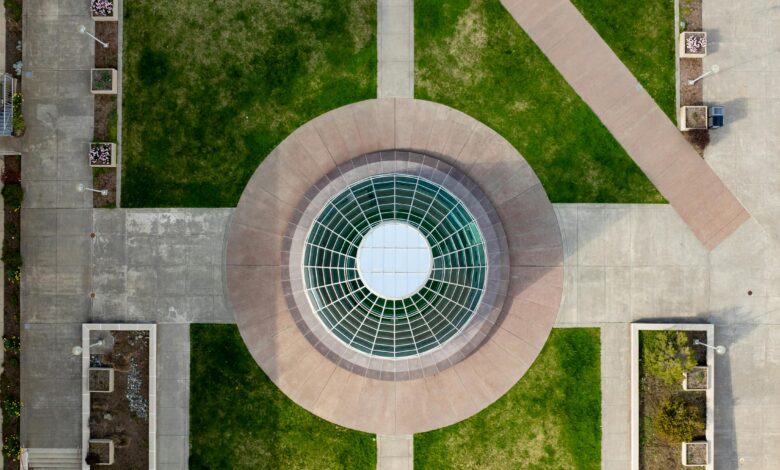
It is early morning at an elementary school and students are arriving. An AI-powered camera system detects a student walking toward campus with what could potentially be a weapon. Within seconds, the system, backed by an individual, alerts administrators and law enforcement. The student is stopped and searched before anything could happen. The system worked as designed – it was not a theoretical capability; it was deployed and fully operational when it needed to be.
This potential scenario outlined shows the capability of overlaying AI onto existing surveillance cameras. It recognizes potential threats by shape and motion, sends the image to a staffed monitoring centre or Public Safety Answering Point (PSAP), and an individual confirms the threat and notifies the school with location and images. This process takes seconds, not minutes. It is one of several AI-based perimeter systems being used today in schools across dozens of states.
Other schools have replaced traditional metal detectors with open-air scanning portals that use AI to differentiate between harmless objects and potential weapons. Students walk through without stopping and security personnel receive alerts only when the AI flags a potential threat.
These types of systems are now deployed in hundreds of schools. They keep entry lines moving and allow staff to focus on what matters. The AI handles screening, but humans decide when to act.
Once inside a campus, this type of security model shifts to awareness and monitoring. Some high schools now have large volumes of data to monitor, and doing so manually is time consuming. Video analytics software is therefore used to automate search and pattern detection.
Beyond search, some AI systems actively monitor for fights, collapses, and other emergency situations that could arise on campus. This could include identifying movement patterns associated with aggression or medical distress and then sending alerts in real time, allowing staff to intervene faster than they would relying on human observation alone.
Some schools also use AI for access control. In higher education, biometric systems for example, can restrict access to sensitive areas such as labs and dorms. In addition to physical safety, there is also the matter of cybersecurity. Schools are increasingly targeted by ransomware and data theft.
Many institutions have deployed AI-enhanced Security Information and Event Management (SIEM) systems to monitor their networks. These platforms consolidate logs and data from across the environment and use machine learning to identify anomalies.
Instead of generating thousands of raw alerts per day, they surface just a few dozen that matter. This means that security teams can act faster, investigate smarter, and often catch problems earlier. In real-world examples, these systems have identified coordinated configuration changes across devices and stopped breaches before data was compromised.
Some universities have used these same tools to detect novel malware based on behavioral anomalies rather than signatures. The AI notices when a computer connects to an unusual server or behaves differently from its baseline. It isolates the threat, stops the breach, and notifies IT. In tested environments, this has prevented data exfiltration and limited damage from attacks that traditional tools would not have caught early enough.
Layered security in education means that no single tool is expected to solve the entire problem. Instead, each tool covers gaps left by the others. Video analytics fill in what staff cannot watch, the network AI sees digital threats before they become breaches, and the endpoint systems respond to attacks without waiting on an administrator. This is increasingly how many schools are building resilience.
Administrators are clear about what works. They measure response times, track false positives, and refine systems over time. There are still challenges, but where these systems are deployed correctly, they are preventing incidents, reducing the need for constant manual oversight, and making it easier for school staff to focus on their actual jobs.
AI is not a solution on its own, however. It is a supporting layer. Schools that understand this are using it to build a stronger, more integrated security posture that addresses physical and digital threats as one connected problem.





